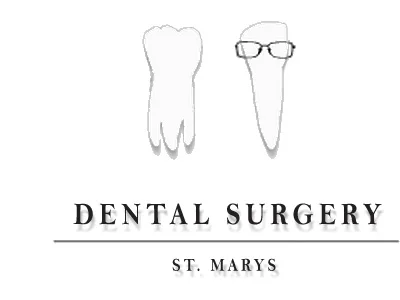It is a well known fact that sugar consumption is the primary reason cavities form in teeth. But how does this process occur and what can you do to minimise its effects?
Sugar (in all its different forms), is used by our bodies to fuel metabolic processes. The same sugar is used by the billions of bacteria in our mouths as their energy source, and if readily available they will use it to grow and multiply. A waste product of all this sugar use by these bacteria is acid, and it is this acid which dissolves tooth structure and causes decay.
Drinks such as coke have the double effect of containing sugar as well as acid, and therefore are even more damaging to teeth.
Steps you can take to minimise sugar related tooth decay
reduce your sugar intake! The most obvious way to reduce the effects of sugar is to reduce sugar itself. Whilst even more complex carbohydrates will be converted to simple sugars by enzymes in your mouth, reducing further intake will lead to less tooth decay
timing your sugar intake . We recommend that if you do want to consume a soft drink or sweet, have it after a meal when your mouth already is in an acidic state from the other food you have consumed. This will lead to just one acid ‘attack’ on your teeth as opposed to multiple if snacking on sugary food or drink.
drink tap water after a meal. Drinking tap water will help reduce the acidic load in your mouth and also provide flouride to remineralise the areas of your teeth that have been dissolved by the acid.
clean your teeth properly! Toothbrushing and flossing are by far the most effective way to reduce the amount of bacteria in your mouth. The plaque and tartar on your teeth are filled with the bacteria that cause all the ill effects in our mouths.


